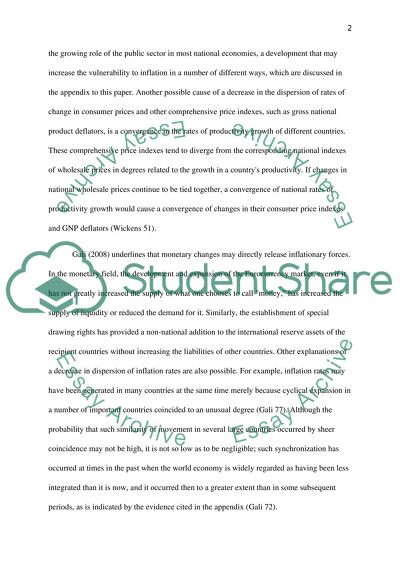Cite this document
(Dispersion of Inflation Rates Essay Example | Topics and Well Written Essays - 1982 words, n.d.)
Dispersion of Inflation Rates Essay Example | Topics and Well Written Essays - 1982 words. Retrieved from https://studentshare.org/macro-microeconomics/1518505-macroeconomics-inflation
Dispersion of Inflation Rates Essay Example | Topics and Well Written Essays - 1982 words. Retrieved from https://studentshare.org/macro-microeconomics/1518505-macroeconomics-inflation
(Dispersion of Inflation Rates Essay Example | Topics and Well Written Essays - 1982 Words)
Dispersion of Inflation Rates Essay Example | Topics and Well Written Essays - 1982 Words. https://studentshare.org/macro-microeconomics/1518505-macroeconomics-inflation.
Dispersion of Inflation Rates Essay Example | Topics and Well Written Essays - 1982 Words. https://studentshare.org/macro-microeconomics/1518505-macroeconomics-inflation.
“Dispersion of Inflation Rates Essay Example | Topics and Well Written Essays - 1982 Words”, n.d. https://studentshare.org/macro-microeconomics/1518505-macroeconomics-inflation.


